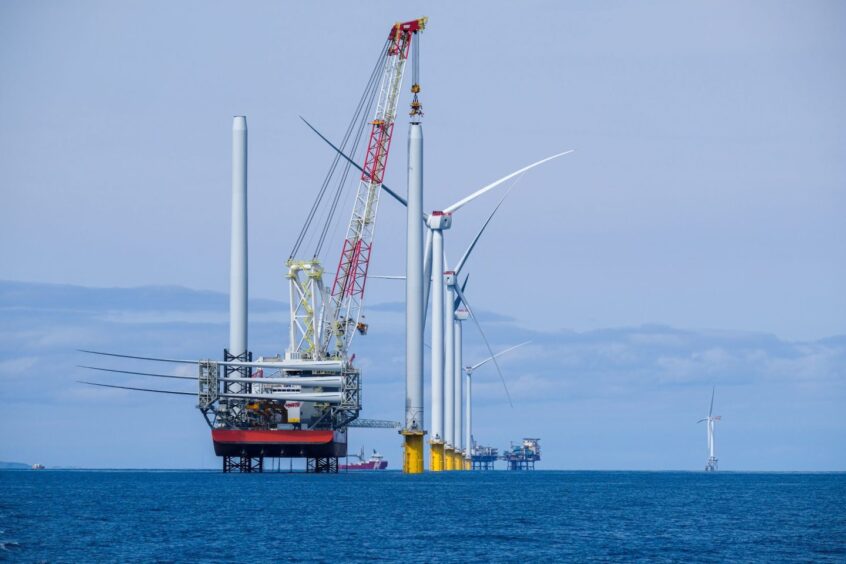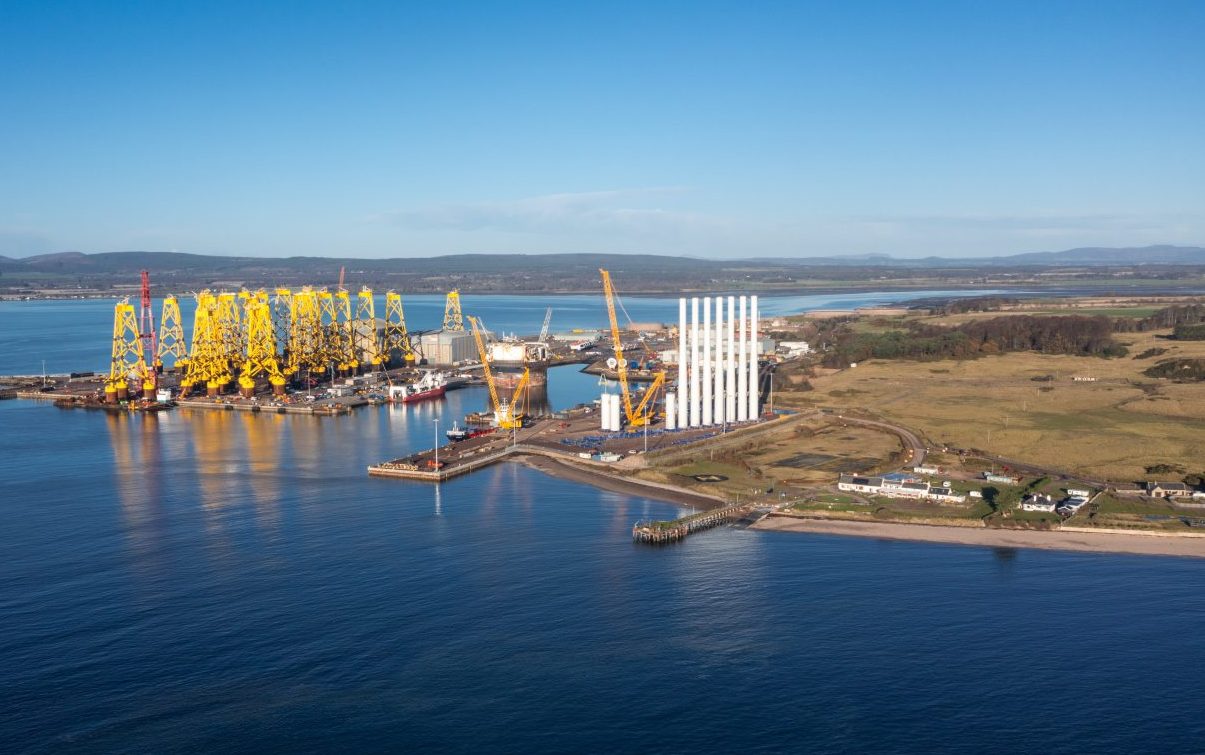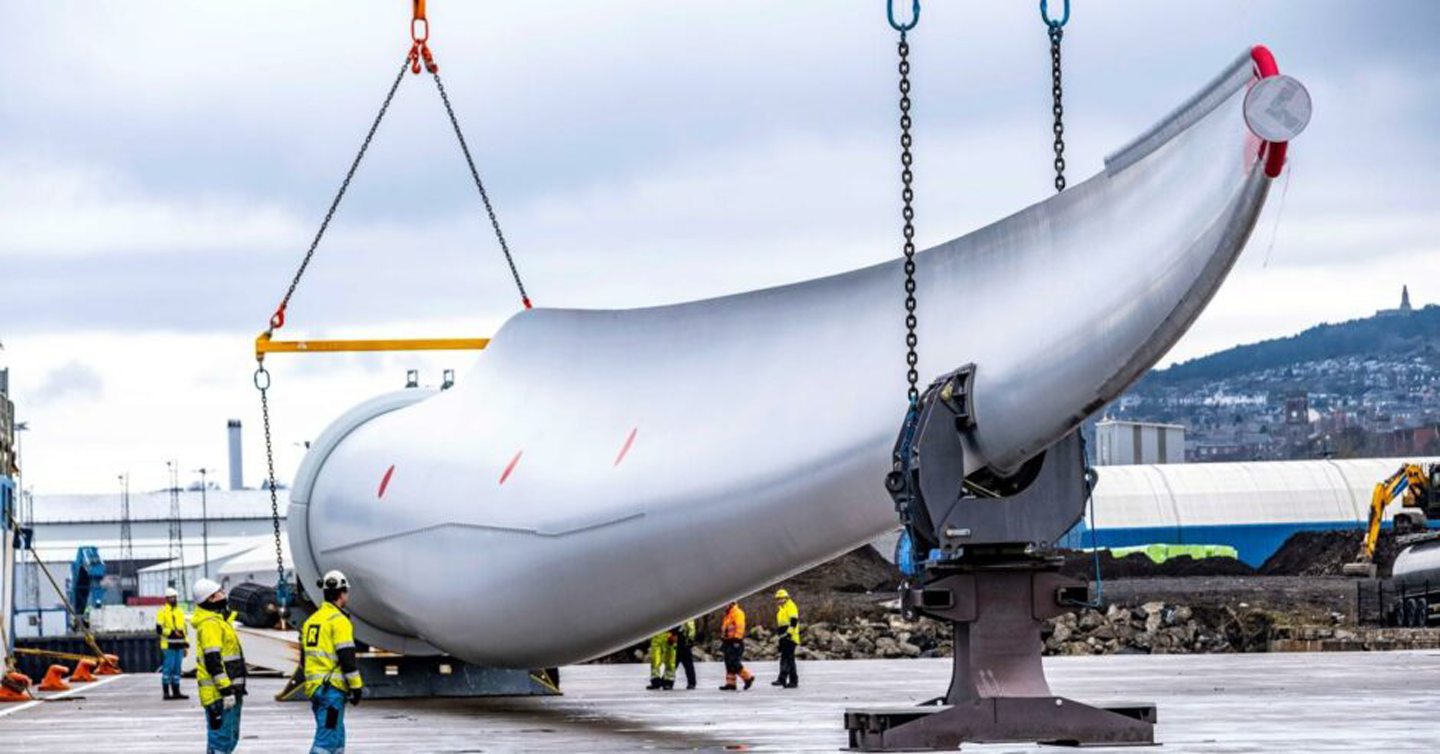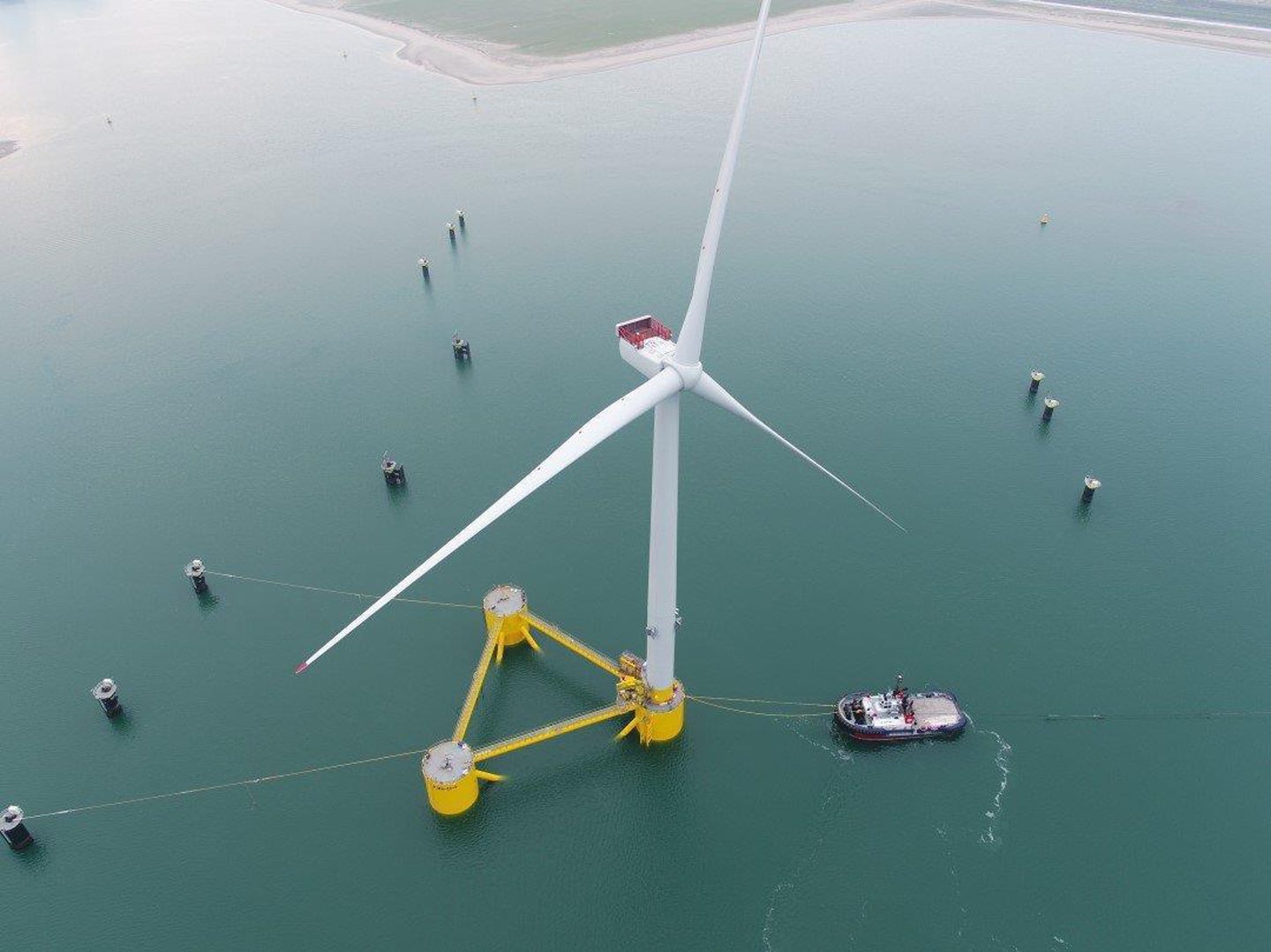
As the Scottish offshore wind sector prepares to gather in Glasgow next week, Energy Voice looks at the key items on the agenda for industry leaders.
The Scottish Renewables Offshore Wind 2025 conference will take place at the SEC in Glasgow from 22-23 January.
After a major stumble in 2023 when the fifth renewable auction round failed to secure any bids from UK developers, the offshore wind sector got “back on track” in 2024.
The emerging floating wind sector also received a significant boost last year as the Green Volt project secured approval from the Scottish government.
Inflationary pressures also eased, but the industry in Scotland still faces barriers to offshore wind deployment.
These hurdles range from planning and grid connection delays to a lack of domestic manufacturing capacity and skills shortages.
The election of a Labour government brought with it a clean power 2030 target, and the introduction of GB Energy and Mission Control.
In 2024, the Glasgow event featured discussions around port infrastructure, transmission, community benefit and Contracts for Difference.
With the industry set to gather in Glasgow once again next week, are there any clues for what’s in store for the Scottish offshore wind sector in 2025?
GB Energy and green industrial strategy
First up in Glasgow, day one will see industry leaders explore ways to accelerate progress in ramping up supply chain capacity to meet decarbonisation targets.
Top of the agenda will be Labour’s flagship publicly owned GB Energy, as well as the Scottish government’s green industrial strategy.
GB Energy chair Juergen Maier will headline the opening plenary, appearing alongside SSE Renewables head of offshore development Brian McFarlane and BlueFloat Energy Nadara Partnership UK managing director Susie Lind.
The discussion will focus on ways the industry can collaborate with governments to tackle the barriers to offshore wind deployment and unlock investment in the supply chain.
Vekta Group director Charles Balderston and Scottish Renewables chief executive Claire Mack round out the opening panel.
Sumitomo cable factory
Day one continues with a session focused on Japanese firm Sumitomo’s landmark £350 million investment to build a high voltage cable factory in the Scottish Highlands.
The manufacturing plant is set to create 330 jobs over 10 years and comes amid similar plans from XLCC to build a cable factory in Ayrshire.
Attendees will hear from Sumitomo Electric Industries vice president Mike Engelbrecht on what motivated the Japanese firm to invest in Scotland.
Private and public financing
The third session of day one focuses on the challenge of securing finance for supply chain firms ranging from ports to startups and small to medium enterprises.
Featuring speakers from the newly created National Wealth Fund (NWF), Crown Estate Scotland, Vestas and Global Energy Group, the panel will venture into the “dragon’s den” to explore financial mechanisms, potential investors and high-stakes projects.
The session explores investment government initiatives such as the Scottish government’s Strategic Investment Model (SIM), and the potential role of public finance mechanisms like the NWF.
Offshore wind suppliers and projects
The second half of day one ventures into the supply chain for a showcase of Scotland’s dedicated offshore wind suppliers.
The session covers success stories and ambitious growth plans from businesses operating beyond the standard blades, towers and foundations of the wind industry.
From mooring design, inspection services, drones and subsea technology, hundreds of Scottish firms operate across the scope of work needed to build and offshore wind farm.
Supply chain firms including Beam, Port of Cromarty Firth, Balmoral Comtec, Orkney Future Ports, 2H Offshore, Fraserburgh Harbour, Innovair, Green Marine, and Renewable Parts will all feature in this session.
Following the supplier showcase, the conference heads for a deep dive into the major offshore wind projects ready to start scaling up over the next five years.
Developers including Inch Cape Offshore Wind, Ocean Winds, SSE Renewables, West of Orkney Windfarm, Vårgrønn and Copenhagen Offshore Partners all feature.
Scottish Offshore Wind – Day Two
The second day in Glasgow features a keynote address from the head of Mission Control and former Climate Change Committee chief Chris Stark.
Following the speech, Stark will join a panel discussion focused on how the offshore wind sector can achieve its goal to be the “backbone” of Britain’s energy system.
Appearing alongside Stark will be industry leaders ScottishPower Renewables chief executive Charlie Jordan, Corio Generation chief executive Jonathan Cole and Ocean Winds project director Mark Baxter.
Meanwhile, Scottish government director of offshore wind Annabel Turpie and Department for Energy Security and Net Zero (DESNZ) offshore wind programme director Dr Nicola Higgins will also feature.
Barriers to offshore wind deployment
The second session of day two covers topics including barriers to deployment, planning and consenting, industry collaboration, and policy and regulatory alignment.
Experts from the UK and Scottish governments will discuss innovative solutions, share best practices and propose coordinated strategies to streamline consenting processes and foster efficient planning.
The panel also features representatives from EDF Renewables, SSE Renewables and Thistle Wind Partners.
Offshore wind innovation
Attendees will also discuss innovation as the driving force behind offshore wind deployment in a simultaneous second session on day two.
The innovation session focuses on the work of ORE Catapult and its newly launched Floating Wind Innovation Centre (FLOWIC) in Aberdeen.
It will also touch on the Innovation and Targeted Oil & Gas (INTOG) leasing round and future opportunities such the co-location of offshore green hydrogen production.
ORE Catapult offshore wind development and operations director Andrew MacDonald will chair the panel discussion.
Appearing alongside him will be Maggie McGinlay, the chief executive of Aberdeen’s Energy Transition Zone (ETZ), and representatives from Ocean Winds, Ørsted, Fennex and Fugro.
Grid and transmission woes
After lunch on day two, the conference dives into the grid connection and transmission challenges facing the sector.
The session covers the National Energy System Operator’s (NESO) strategic spatial plan for the energy sector, as well as grid connections reform.
The panel features representatives from Scottish Renewables, BlueFloat Energy Nadara Partnership, NESO, National Grid and Public First.
Meanwhile, the simultaneous session in the afternoon on day two will focus on the need for the rapidly growing offshore wind sector to coexist with Scotland’s fishing industry.
ScotWind, INTOG and deployment.
ScotWind and INTOG
The final session for the two-day Scottish Renewables Offshore Wind Conference 2025 focuses on the latest developments from ScotWind and INTOG developers.
The Scottish offshore wind pipeline boasts a substantial 40 GW deployment pipeline, including 20 GW of floating wind, but developing these projects is not without its challenges.
The session features development updates and lessons learned from a range ScotWind and INTOG developers, and an assessment of the demands and opportunities the Scottish offshore wind pipeline presents.
The panel features representatives from individual ScotWind projects including Malin Sea Wind, Ossian and Muir Mhòr.
It also includes ScotWind developers Scottish Renewables, SSE Renewables, Ocean Winds and Thistle Wind Partners.
Meanwhile, INTOG developers Cerulean Winds and BlueFloat Nadara Partnership will also appear alongside BVG Associates.
Burns Supper at Kelvingrove Museum
While it will tackle all the big issues facing the Scottish offshore wind sector, the 2025 conference in Glasgow will not be ‘all work and no play’.
In the evening on 22 January, conference attendees will gather at Glasgow’s landmark Kelvingrove Art Gallery & Museum for a special Burns Supper dinner.
The event also features a networking reception at the SEC at the end of day one.
Recommended for you

 © Stuart Butler
© Stuart Butler © Supplied by Forth Ports
© Supplied by Forth Ports © Supplied by Statkraft
© Supplied by Statkraft